Skiing is a popular winter sport that offers endless fun and adventure on the slopes. However, with so many different types of skis available, it can be overwhelming for beginners to choose the right equipment. In this article, we'll answer some common questions about choosing skis, the differences between skiing and snowboarding, and what to look for when buying skis for beginners.
Ski types
Skiing is not just sliding down the slope: there are many different types and ways of skiing and each requires slightly different equipment. When choosing skis, consider what terrain will you ride mos often on and what kind of skiing you prefer.
Alpine Skis
Also known as downhill skis, alpine skis are the most common type of ski used at ski resorts. They are designed for skiing on groomed trails and offer stability, control, and speed. Alpine skis typically have a narrow waist and feature camber, which helps with turning and edge grip. They come in various lengths and stiffness levels to suit different skill levels and preferences.
Freestyle Skis
Freestyle skis are specifically designed for terrain parks and performing tricks in the air or on rails and jumps. They are typically shorter and more maneuverable than alpine skis, with twin tips that allow skiers to ski backward (switch) as easily as forward. Freestyle skis often have softer flex and wider dimensions to enhance stability and landing control.
Gear up for your next winter adventure
Freeride Skis
Freeride skis are versatile skis designed for skiing off-piste, in ungroomed snow, and in varying terrain conditions. They offer a blend of characteristics from both alpine and freestyle skis, with wider waists for flotation in powder, rocker profiles for better maneuverability, and some camber for stability on harder snow. Freeride skis are popular among adventurous skiers who enjoy exploring the mountain beyond the marked trails.
All-Mountain Skis
All-mountain skis are designed to perform well across a variety of snow conditions and terrain types, from groomed runs to ungroomed slopes and everything in between. They offer a balance of stability, versatility, and maneuverability, making them suitable for skiers who want one pair of skis to handle all conditions. All-mountain skis typically have moderate waist widths and rocker-camber-rocker profiles.
Carving Skis
Carving skis are designed for making precise, high-speed turns on groomed slopes. They have a narrow waist, deep sidecut, and pronounced camber, which allows them to grip the snow firmly and carve sharp arcs with minimal skidding. Carving skis are popular among intermediate to advanced skiers who enjoy the sensation of carving turns on smooth, well-groomed terrain.
Choose length that suits you best
Backcountry Skis
Backcountry skis, also known as touring or ski mountaineering skis, are designed for skiing in remote, untracked wilderness areas away from ski resorts. They are lightweight and often feature specialized bindings that allow for uphill climbing as well as downhill skiing. Backcountry skis come in various widths and lengths, with features such as rocker profiles and metal edges to enhance performance in deep snow and challenging terrain.
Explore the wilderness
Ski brands and prices
Snowfeet
Snowfeet is the currently one of the trending brands. With innovative designs and focus on short skis, Snowfeet brings a new, skier-friendly approach to the traditional ski industry. Short skis by Snowfeet are intended for both adults and children, allowing them to enjoy winter sports with more freedom and fun. Prices range from $150 to $599.90
Rossignol
A French brand known for its innovative designs and high-performance skis. Their flagship model, the Rossignol Experience series, offers versatile skis suitable for all types of terrain. Prices typically range from $400 to $900.

Salomon
A leading brand in the ski industry, Salomon produces a wide range of skis catering to different skill levels and skiing styles. The Salomon QST series is popular among freeride enthusiasts, offering stability and agility. Prices vary between $400 and $1000

Atomic
Austrian-based Atomic is known for its cutting-edge technology and high-quality construction. The Atomic Vantage series is a favorite among all-mountain skiers, providing excellent performance on both groomed trails and off-piste terrain. Prices start around $400 and can go up to $1000.

Volkl
Renowned for its precision engineering and durability, Volkl skis are favored by advanced skiers seeking high-speed performance. The Volkl M5 Mantra is a top choice for aggressive skiers tackling steep slopes and deep powder. Prices typically range from $500 to $1100.

Head
Head skis are synonymous with speed and control, making them popular among competitive racers and experienced skiers. The Head Kore series stands out for its lightweight construction and responsive handling. Prices range from $500 to $1200.

Fischer
Another Austrian brand, Fischer is known for its commitment to innovation and quality craftsmanship. The Fischer Ranger series offers versatile skis suitable for a wide range of conditions, from groomed runs to backcountry adventures. Prices start at around $400 and go up to $1000.

K2
K2 is recognized for its user-friendly skis that cater to skiers of all abilities. The K2 Mindbender series combines versatility with performance, making it a favorite among adventurous skiers exploring off-piste terrain. Prices start around $400 and can go up to $1000.

Frequently Asked Questions
What is a ski type?
A ski type refers to the intended use of the ski, such as alpine, freestyle, or touring. Different ski types have different shapes, sizes, and flex patterns to optimize performance for their specific use.
What is harder, skiing or snowboarding?
Skiing and snowboarding require different skills and techniques, so it's difficult to say which one is harder. Some people find skiing easier because it offers more control and stability, while others prefer snowboarding because it requires more balance and coordination. Ultimately, it depends on your personal preferences and physical abilities.
What is Type 1/Type 2 skiing?
Type 1 skiing refers to beginner skiers who are still learning the basics, while Type 2 skiing refers to intermediate skiers who have some experience but still need to work on their technique.
What is Type 3 skiing?
Type 3 skiing refers to skiing on steep and challenging terrain, such as off-piste or in deep powder. Skiers in this category are experts and can handle any terrain and condition.
What skis do Olympians use?
Olympic skiers typically use high-performance skis that are designed for racing and speed. Many use custom-made skis that are tailored to their specific needs and preferences. Skis for Olympoans are usually very long and heavy. It is not advisable to take inspiration in Olympic winners, since their skiing need vary from skiing needs of a recreational skier. For free-time skiing, short skis are the best option.
What Country Skis the Most?
Skiing is a popular sport in many countries around the world, but one country stands out as having the most skiers - Norway. In fact, Norway has more skiers per capita than any other country in the world. With its rugged mountain terrain and snowy winters, it's no surprise that skiing is such a popular activity in Norway.
Where Do the Richest People Ski?
When it comes to luxury skiing destinations, there are a few places that come to mind. One of the most exclusive ski resorts in the world is St. Moritz, located in the Swiss Alps. St. Moritz has been a favorite destination for the rich and famous since the 19th century. Another popular luxury ski destination is Courchevel, located in the French Alps. With its world-class ski slopes and luxurious amenities, Courchevel attracts wealthy skiers from around the globe.
Why are my skis so slow?
There are several reasons why skis may feel slow, including dull edges, poor waxing, damaged bases, or poor technique. If your skis are feeling slow, try sharpening the edges, waxing the bases, or taking a lesson to improve your technique.
Buying / Choosing Skis
How do I choose a ski?
Choosing the right ski depends on your skill level, the type of skiing you plan to do, and the conditions you'll be skiing in. Consider the length, width, and shape of the ski, as well as its flex and turning radius. It's also important to choose a ski that matches your ability level and the terrain you'll be skiing on.
What to look for when buying skis for beginners?
When buying skis for beginners, look for skis that are easy to turn and control, with a medium flex and short turning radius. In general, short skis are the best choice for beginners. Namely Skiboards provide many benefits to first-time skiers. It's also a good idea to rent skis first to try out different types before making a purchase.
Choosing the right skis can be a daunting task, especially if you're new to the sport. Here are some factors to consider when selecting skis that are right for you:
Ski ability level
Your ski ability level is the most important factor to consider when selecting skis. There are skis designed for beginners, intermediate skiers, and advanced skiers. It's important to choose skis that match your ability level, as this will help you progress and enjoy the sport more. However, skiboards or snowblades are the most suitable for all types of skiers - these skis just grow with you!
Ski type
There are several different types of skis, including all-mountain, freeride, racing, and touring skis. Each type is designed for a specific purpose, so it's important to choose skis that are suited to your skiing style and the type of terrain you'll be skiing on.
Ski length
The length of your skis is also an important factor to consider. Skis that are too long can be challenging to maneuver. Shorter skis are more universal and they are easier to learn for all ages and types of skiers.
Ski width
Ski width is another important factor to consider. Wider skis are better for powder and off-piste skiing, while narrower skis are better for groomed runs and hardpack. As a beginner, it is advisable to opt for rather wider than narrower skis. Skiboards by Snowfeet are the best combination of short length and wider base, providing a great start on the slopes.
Ski shape
The shape of your skis also plays a role in how they perform. Skis with a wider tip and tail and narrower waist are better for carving on the slopes, while skis wide tip, tail and waist are better for powder, park and freestyle skiing
Flex
Ski flex refers to the stiffness of the skis. Stiffer skis are better for advanced skiers who want more control and stability, while softer skis are better for beginners who need a more forgiving ski.
How Long Are Skis Good For?
The lifespan of a ski depends on a number of factors, including how often it is used, how it is stored, and how well it is maintained. In general, skis can last anywhere from 5 to 10 years or more. However, if a ski is damaged or has been subjected to harsh conditions, it may need to be replaced sooner.
For endless fun on slopes
How do I identify my skis?
To identify your skis, look for the brand and model name on the ski itself or on the bindings. You can also measure the length and width of the ski to determine its size. In Snowfeet, we always place the information on the tail of the skis (unless they are too short to fit the text).
Is there a difference between skis?
Yes, there are many differences between skis, including their shape, size, flex, and intended use. Skis designed for powder skiing will be wider and have more rocker than skis designed for groomed runs or racing.
Is K2 a Ski Brand?
Yes, K2 is a well-known ski brand that produces a wide range of skis for all types of skiing, from beginner to expert level. Founded in Washington State in 1962, K2 has become a trusted name in the ski industry, known for its innovative designs and high-quality materials.
What Is the Finland Ski Brand?
Finnish ski brand Karhu Sports has been producing skis since the 1920s. Known for their high-quality craftsmanship and innovative designs, Karhu skis are popular among both recreational and professional skiers.
What Are US Ski Brands?
The United States is home to several top ski brands, including Rossignol, K2, Salomon, Atomic, and Volkl. These brands produce a wide range of skis for all levels of skiers, from beginner to expert.
What Are French Ski Brands?
France has a long tradition of producing high-quality ski equipment, and several French ski brands have become household names in the skiing world. Some of the most popular French ski brands include Rossignol, Dynastar, Salomon, and Black Crows.
What Are Swiss Ski Brands?
Switzerland is known for its beautiful ski resorts and stunning mountain scenery, and the country is also home to several top ski brands. Some of the most popular Swiss ski brands include Stöckli, Movement, and Zai.
What Are Italian Ski Brands?
Italy has a rich history of skiing, and the country is home to several top ski brands. Some of the most popular Italian ski brands include Blizzard, Rossignol, and Volkl.
What Are Austrian Ski Brands?
Here are some of the most popular Austrian ski brands:
Atomic
Atomic is a top Austrian ski brand that was founded in 1955. They produce a wide range of skis, including racing skis, all-mountain skis, and freeride skis. Atomic skis are known for their high-quality construction and innovative technology.
Fischer
Fischer is another well-known Austrian ski brand that has been producing skis since 1924. Fischer skis are known for their excellent performance and precision, and they are used by many professional skiers. The company produces a variety of skis, including racing, freeride, and all-mountain skis.
Head
Head is an Austrian ski brand that produces skis for all levels, from beginners to professionals. The company was founded in 1950 and is known for its innovative technology and high-performance skis.
Kästle
Kästle is a smaller Austrian ski brand that produces premium skis for advanced skiers. The company was founded in 1924 and is known for its attention to detail and exceptional quality. Kästle skis are popular among freeride and touring skiers.
Stöckli
While Stöckli is actually a Swiss ski brand, they have a strong presence in Austria and are well-regarded among Austrian skiers. Stöckli produces high-quality skis for all levels, including racing, all-mountain, and freeride skis.
What are Japanese ski brands?
Japan has become a popular destination for skiing in recent years, and as such, there are several Japanese ski brands that have gained popularity. Here are some of the top Japanese ski brands:
Snow Peak
Snow Peak is a Japanese brand that produces high-quality outdoor gear, including skis and snowboards. Their skis are designed for backcountry skiing and touring.
Yoneyama
Yoneyama is a Japanese ski brand that has been producing skis since 1951. They produce a variety of skis, including racing, all-mountain, and freeride skis.
Maruyama
Maruyama is a Japanese ski brand that produces high-performance skis for racing and freeriding. They are known for their innovative technology and attention to detail.
What are Canadian ski brands?
Canada is home to some of the best skiing in the world, and there are several Canadian ski brands that have gained international recognition. Here are some of the top Canadian ski brands.
Armada
Armada is a Canadian ski brand that was founded in 2002. They produce a variety of skis, including all-mountain, freestyle, and touring skis.
Whitedot
Whitedot is a Canadian ski brand that was founded in 2008. They produce high-quality skis for freeriding and touring, and are known for their innovative designs.
Line Skis
Line Skis is a Canadian ski brand that was founded in 1995. They produce a variety of skis, including freestyle, all-mountain, and touring skis.
Ski Price
How much are skis?
Skis can range in price from a few hundred dollars to several thousand dollars. The cost of skis will depend on the brand, the type of ski, and the quality of the ski. Beginner skis will typically cost less than expert-level skis. For example, a basic beginner ski package including skis, boots, and bindings can start at around $400 to $500, while high-end expert skis can cost upwards of $1,000 or more. If you find skis too expensive and you want to get a high quality product for a reasonable price, consider skiboards instead. In Snowfeet we put emphasis on affordable equipment for everybody, so we do our best to keep the prices super low!
How much do ski boots cost?
Ski boots can range in price from around $100 to over $1,000. The price will depend on the brand, the type of boot, and the quality of the boot. Beginner boots will typically cost less than expert-level boots. A basic beginner ski boot can start at around $100 to $150, while high-end expert boots can cost upwards of $800 or more.
How much do ski bindings cost?
Ski bindings can range in price from around $100 to over $500. The price will depend on the brand, the type of binding, and the quality of the binding. Beginner bindings will typically cost less than expert-level bindings. A basic beginner binding can start at around $100 to $150, while high-end expert bindings can cost upwards of $500 or more.
Again, in case you are looking for a less costly bindings, consider snowblades: they come with mounted adjustable bindings which are suitable for both beginners and pros.
How much do used skis cost?
Used skis can vary greatly in price depending on their condition and age. You can find used skis for as little as $50, but you should be cautious when buying used skis, as they may have hidden damage or wear and tear that could affect their performance.
How much do kids skis cost?
Kids' skis can range in price from around $100 to $400 or more. The price will depend on the brand, the type of ski, and the quality of the ski. Beginner kids' skis will typically cost less than expert-level kids' skis. When choosing kids' skis bare in mind that short skis will fit your child even when he or she grows up. That's why it is just great to choose skis your kid will not outgrow. Short skis such as skiboards are universal, so you can buy just 1 pair of skis and use them for a very long time, since you will never be limited by your height. 
How much do all mountain skis cost?
All mountain skis can range in price from around $400 to over $1,000. The price will depend on the brand, the type of ski, and the quality of the ski. All mountain skis are designed to perform well on a variety of terrain, making them a popular choice for intermediate to advanced skiers.
Taking Care of Your Skis
Choosing the right pair of skis is only step one, not the only step: you need to take care of your skis to ensure that they will remain a reliable equipment. If you need a shortcut, check a short guide on how to:
How do I know if my skis are sharp enough?
You can test the sharpness of your skis by running your thumbnail along the edge. If your thumbnail easily catches on the edge, your skis are sharp. If your thumbnail slides smoothly along the edge, your skis are dull and in need of sharpening.
How long do skis stay sharp?
The length of time skis stay sharp depends on a variety of factors, including the frequency and type of use, the conditions in which they are used, and the quality of the edges. On average, skis should be sharpened every 10-12 days of use.
How many times can you sharpen your skis?
The number of times skis can be sharpened depends on the thickness of the edges and the amount of material that is removed each time they are sharpened. On average, skis can be sharpened 5-7 times before the edges become too thin and need to be replaced.
How can you tell if skis are bad?
Signs that your skis may be bad include cracked or delaminated bases, damaged edges, or a significant loss of camber or rocker. If you notice any of these issues, it may be time to replace your skis.
What is the benefit of a shorter ski?
Even though we might sound biased, short skis are a perfect solution for skiers of any level and any age.
Firstly, shorter skis are easier to turn and maneuver, making them a great choice for beginners or those who prefer a more playful and nimble skiing experience. With a shorter length, skiers have more control and can make quicker turns, making them ideal for skiing in moguls or tight spaces.
Secondly, shorter skis are generally lighter and more maneuverable, which can make them faster and more responsive. This can be particularly beneficial for freestyle skiers who need to make quick movements and spins, or for skiers who prefer a more agile and playful style of skiing.
Lastly, shorter skis are often more forgiving than longer skis, meaning that they can absorb more bumps and imperfections in the snow without throwing the skier off balance. This makes them a great choice for skiers who are still developing their skills and may make mistakes or encounter challenging terrain.
Diving into the world of skis can be a daunting challenge, but we hope that after our article you will feel more confident.




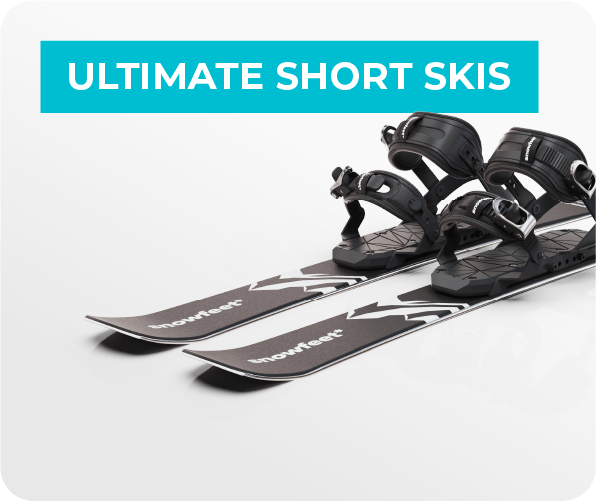


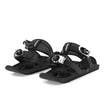
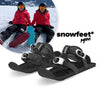
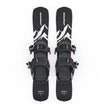
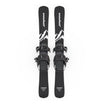

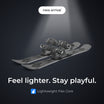
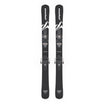



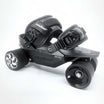

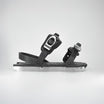








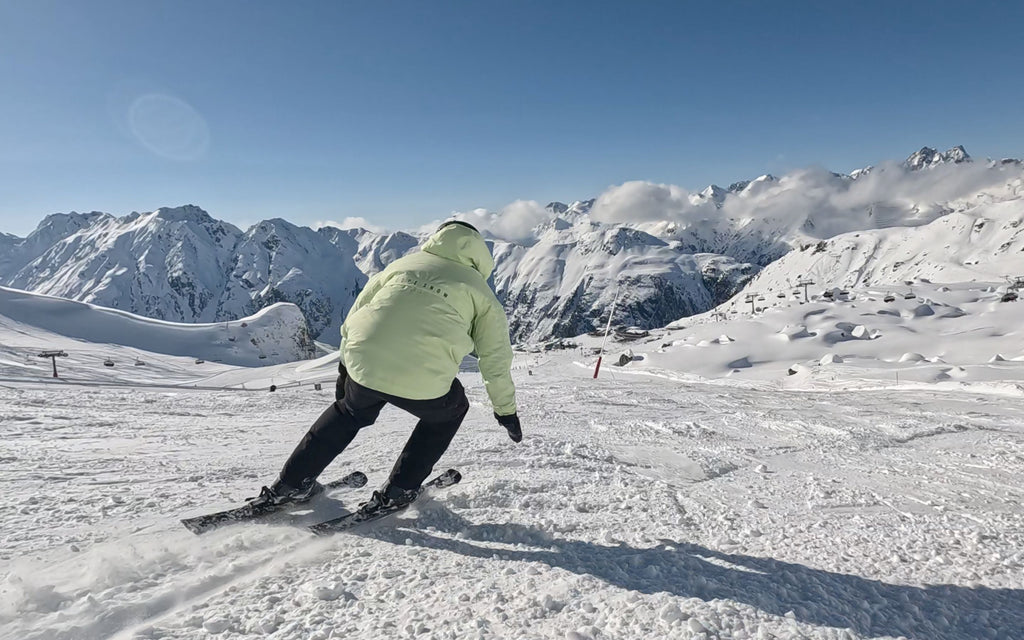







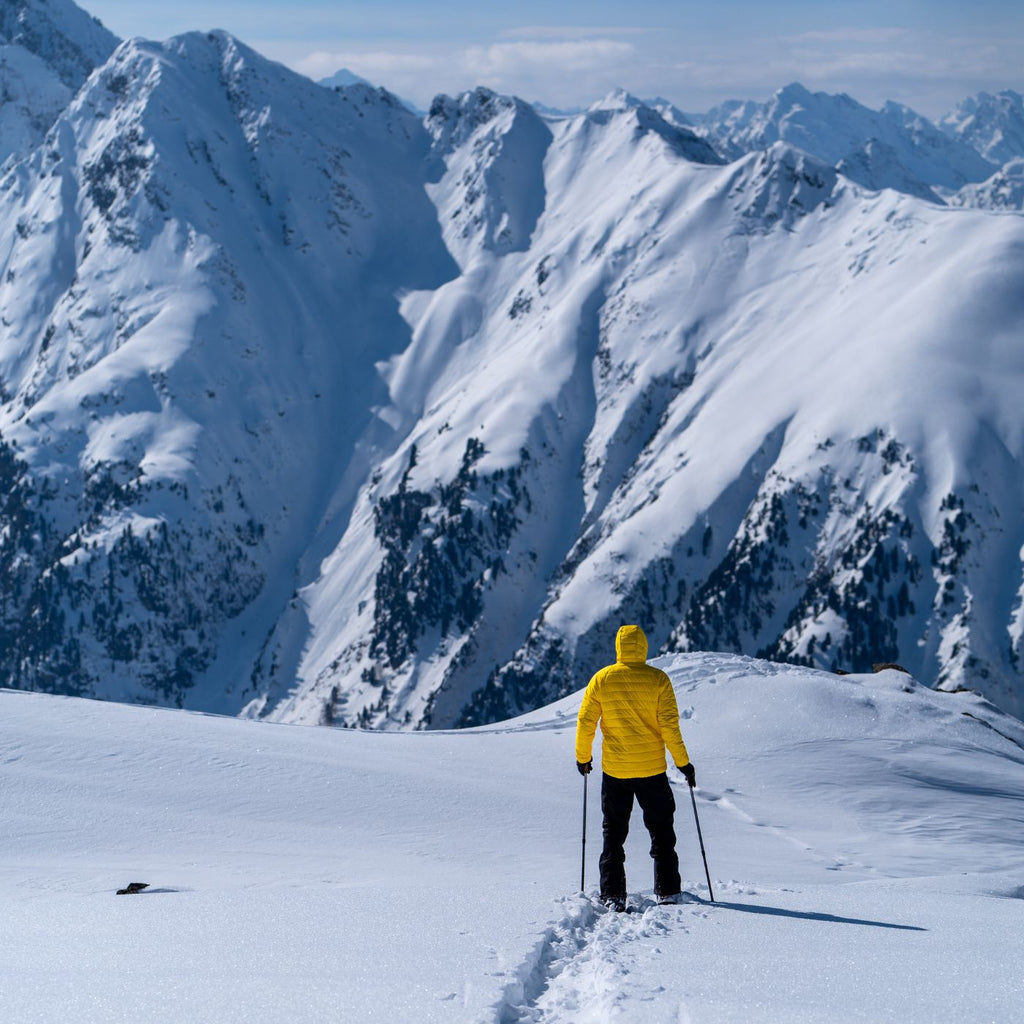















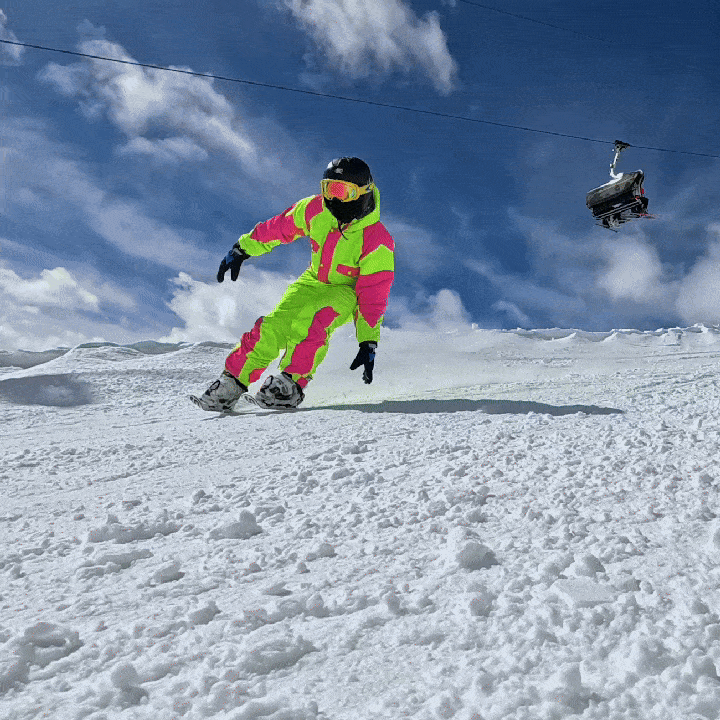

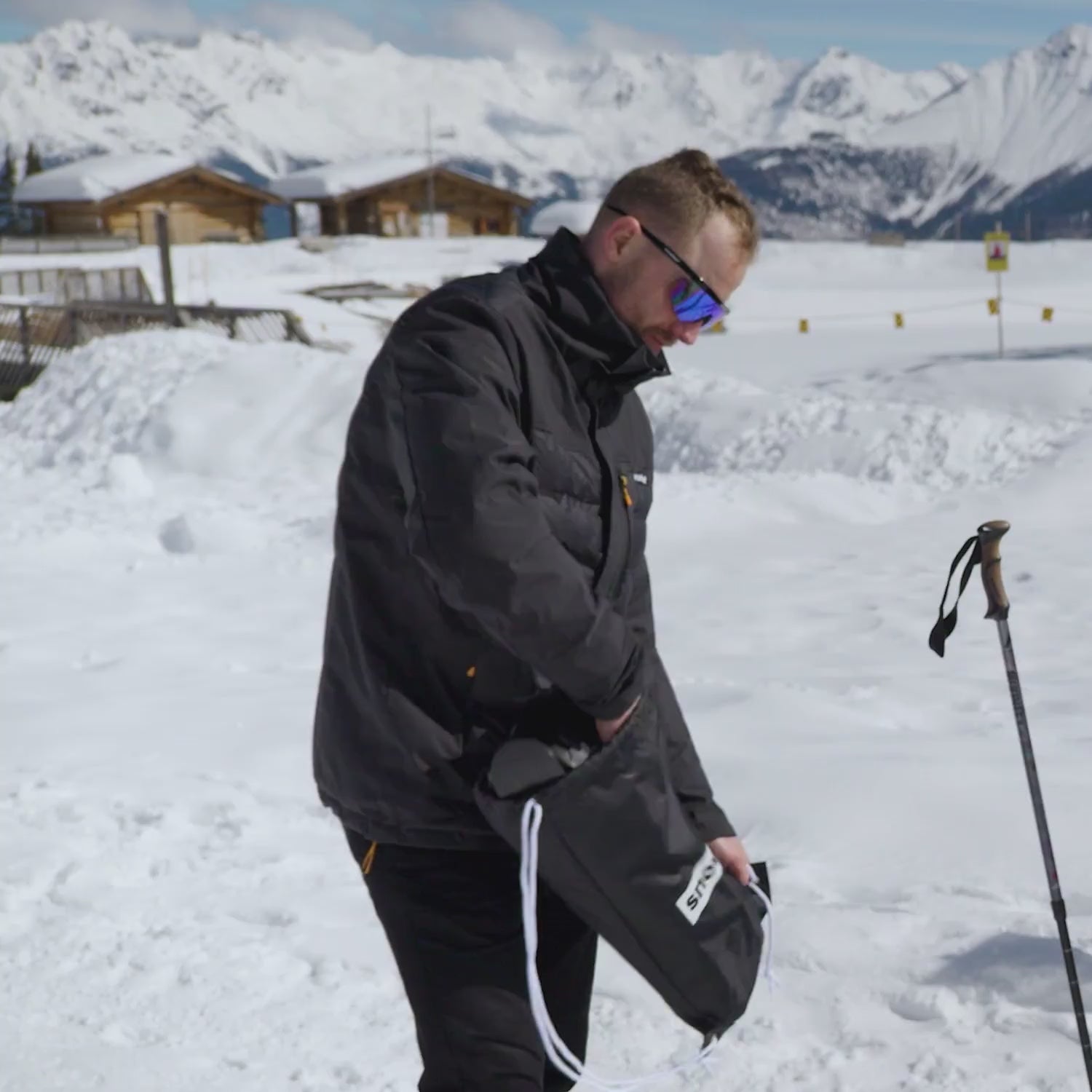


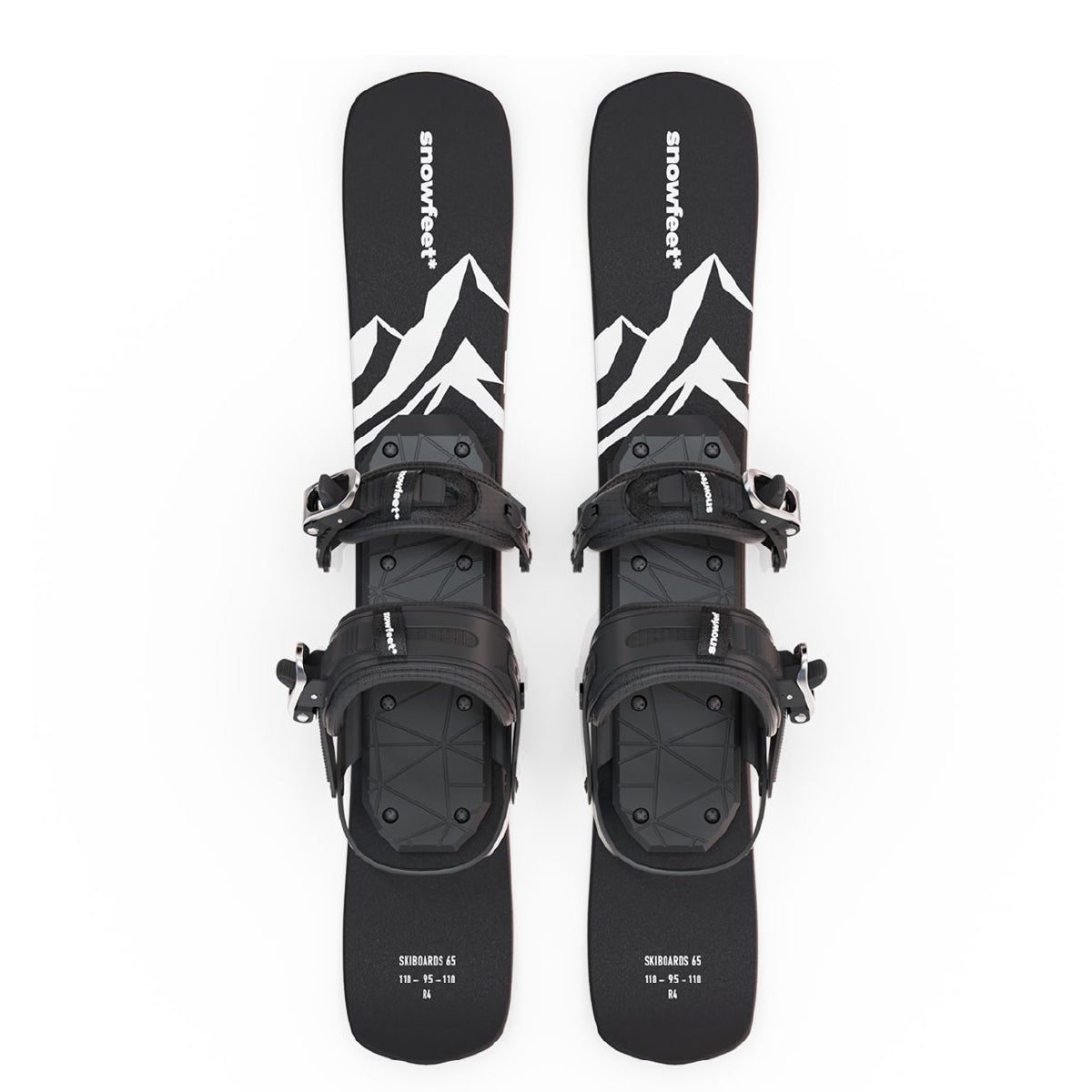

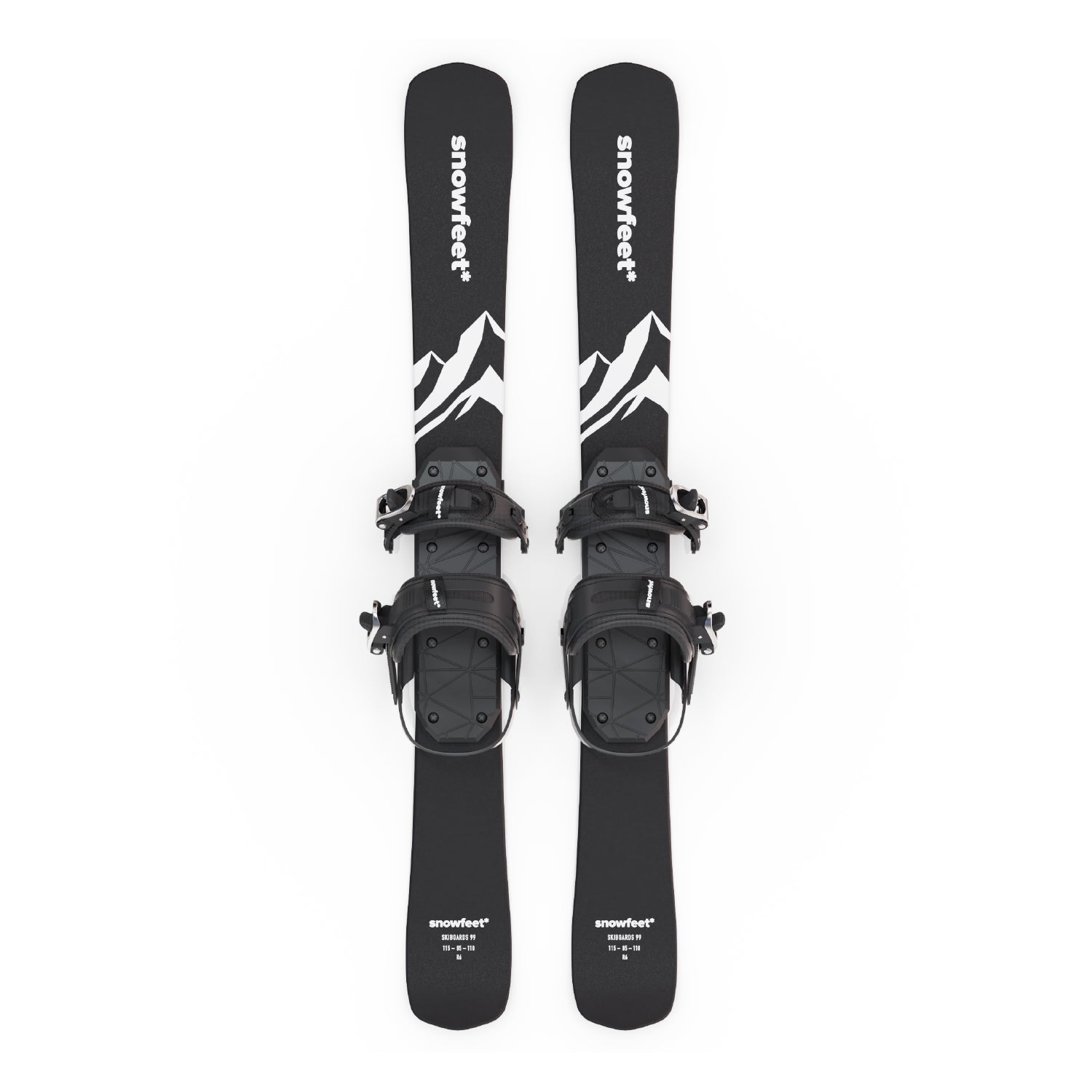

Leave a comment
This site is protected by hCaptcha and the hCaptcha Privacy Policy and Terms of Service apply.